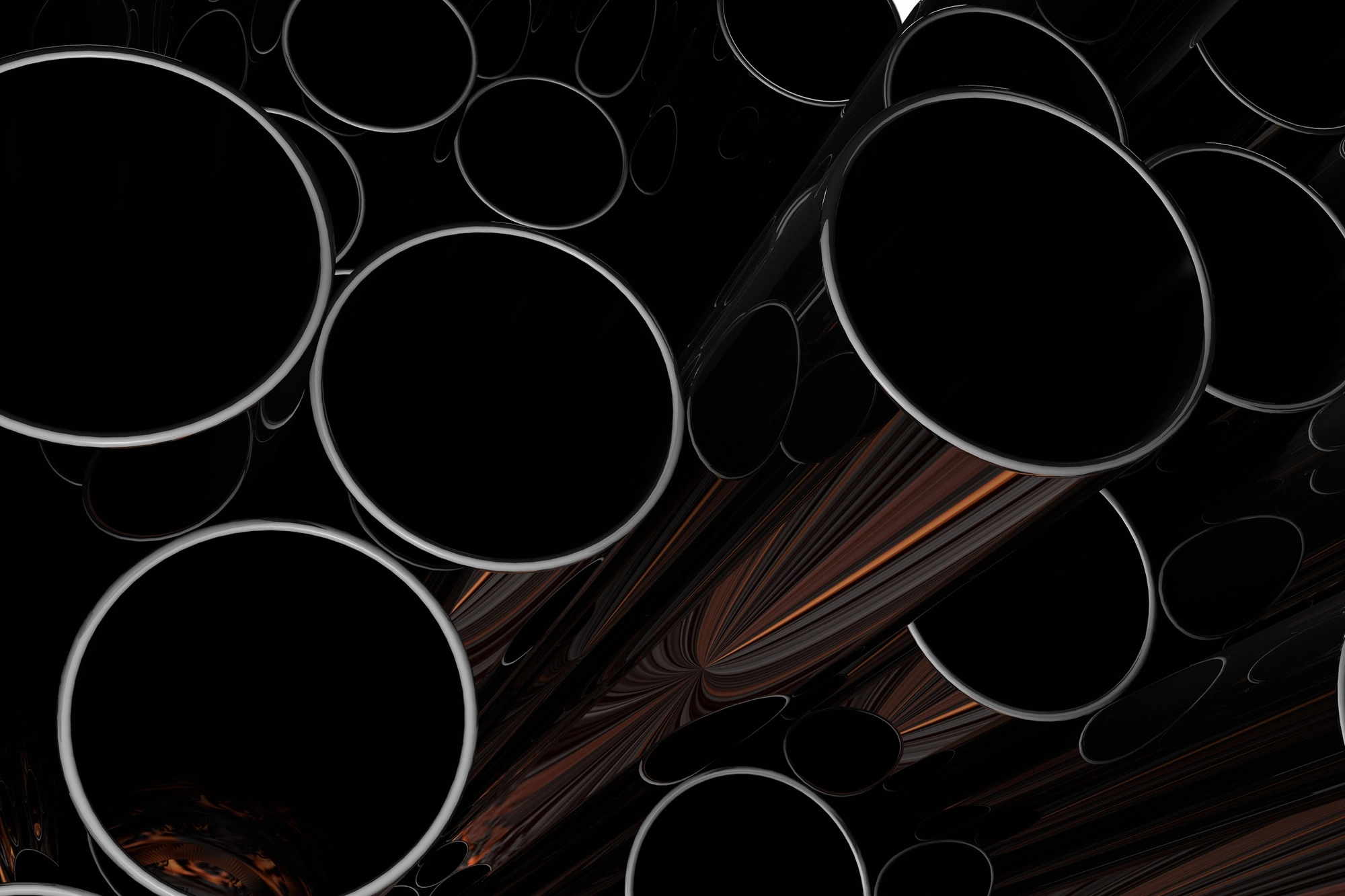

The widespread adoption of yttria-stabilized tetragonal zirconia polycrystals (Y-TZPs) in dentistry, facilitated by precise CAD/CAM technology, has brought excellent mechanical properties and convenience to dental restorations. However, this process generates significant amounts of zirconia residuals, including milling dust (approx. 30%) and unprocessed portions of blanks, leading to a total waste potentially reaching 80% of the initial material mass. This waste represents considerable economic loss and poses environmental challenges related to raw material demand and landfill capacity. Consequently, developing rational recycling approaches is crucial for the sustainability of dental practices.
Current research confirms that recycling and reutilizing dental zirconia residuals is both feasible and reliable, with several promising approaches being investigated. One of the most commonly studied pathways involves recycling residual powder obtained during milling. This process can begin with the collection and sieving of the powder, which is then pressed into green bodies, either uniaxially or isostatically. Following this, the green bodies undergo presintering and final sintering to produce new zirconia ceramic parts. Alternatively, the residual powder can serve as a reinforcing filler; when incorporated into other materials, such as polymethylmethacrylate (PMMA), it enhances their mechanical properties. Additionally, techniques like ball milling can refine the powder further, potentially producing finer, nano-sized recycled zirconia powder, which can then be utilized in 3D printing. By preparing a slurry from the recycled powder, it can also be employed in various additive manufacturing processes.
Another avenue for recycling involves residual blocks, whether unused or fully sintered. One method includes mixing powder derived from these residual blocks with alumina powder to create alumina/zirconia composites. Moreover, a process known as hydrothermal degradation can be applied to break down these fully sintered zirconia blocks into powder. This is achieved through low-temperature hydrothermal treatment, typically ranging from 200 to 240°C, followed by milling to prepare the material for reprocessing. In summary, the diverse strategies for recycling dental zirconia residues highlight the potential for sustainable practices within the field.
The properties of recycled zirconia are significantly influenced by various processing parameters. One of the critical factors is particle size; finer particles tend to enhance densification and improve the final properties, primarily due to their increased surface activity. However, recycled powder often comes with larger, irregular shapes resulting from milling, which can impede effective packing and sintering, commonly referred to as the arching effect. Therefore, optimizing the particle size and shape through techniques like ball milling becomes essential for achieving better results.
Another important aspect is the molding technique used. Cold Isostatic Pressing (CIP) has been shown to produce recycled green bodies with substantially higher density and uniformity compared to traditional uniaxial pressing. This enhancement ultimately translates into better final properties, including lower porosity and increased strength.
When it comes to sintering parameters, presintering is a crucial step. Research indicates that a temperature range of 950°C to 1100°C is ideal for preparing presintered recycled bodies, yielding properties akin to those of commercial zirconia. Although higher presintering temperatures can enhance density, they may also complicate further machining or staining processes.
For final sintering, recycled zirconia typically requires higher temperatures—at least 1500°C—to reach a density and mechanical properties that can compete with commercial zirconia. This need for elevated temperatures is likely attributed to less favorable particle characteristics, such as size and shape, which affect the kinetics of sintering. Employing lower final sintering temperatures, like 1360°C, leads to considerably poorer outcomes. However, it is essential to note that higher temperatures can foster grain growth, which might negatively impact long-term mechanical properties and resistance to aging, highlighting the necessity for careful optimization throughout the process.
Recycled zirconia powder has demonstrated significant potential beyond the creation of new ceramics. One notable application is its incorporation into PMMA, which is commonly used for denture bases. When added to this material, recycled zirconia enhances mechanical strength by fostering improved physical molecular interactions, such as hydrogen bonding and van der Waals forces. However, it is important to find an optimal filler concentration, as excessive amounts can disrupt the resin matrix, ultimately weakening the composite.
Additionally, the mechanical resistance of recycled zirconia is comparable to that of hardened noble metal alloys, making it a promising candidate for use in jewelry making. This characteristic opens up new possibilities for innovative designs and durable pieces in the jewelry industry.
Despite the promising potential of recycled zirconia, several challenges and research gaps persist. One of the primary issues is the limited data available on essential aspects, such as the optical properties and long-term aging behavior of recycled zirconia. This gap in knowledge highlights the need for further investigation. Additionally, there is a pressing necessity for process optimization. To achieve this, more studies are required to gain a deeper understanding of the densification mechanisms and to optimize the parameters involved. This optimization is particularly crucial as it involves balancing the high sintering temperatures needed with the risks of grain growth issues, which could affect the material's performance.
Furthermore, there is significant heterogeneity in the reported performance of recycled zirconia, which complicates direct comparisons and underscores the need for standardized protocols to ensure consistency in research findings. Lastly, caution must be exercised when applying these findings, as parameters that work well for standard Y-TZP may not necessarily be suitable for other variants, such as multilayer zirconia. Addressing these challenges will be vital for advancing the use of recycled zirconia in various applications.
The current prospect for dental zirconia recycling is positive. It offers a viable and reliable solution to reduce the significant economic and environmental impact of CAD/CAM waste. Key factors influencing success include particle characteristics, molding techniques (with CIP being advantageous), and carefully controlled sintering parameters (often requiring higher final temperatures). While recycled zirconia can be reprocessed into ceramics or used as a reinforcing filler, further research is essential to fully understand its long-term performance (especially optical properties and aging), optimize recycling protocols, and ultimately realize commercially viable recycled dental materials for broader application.